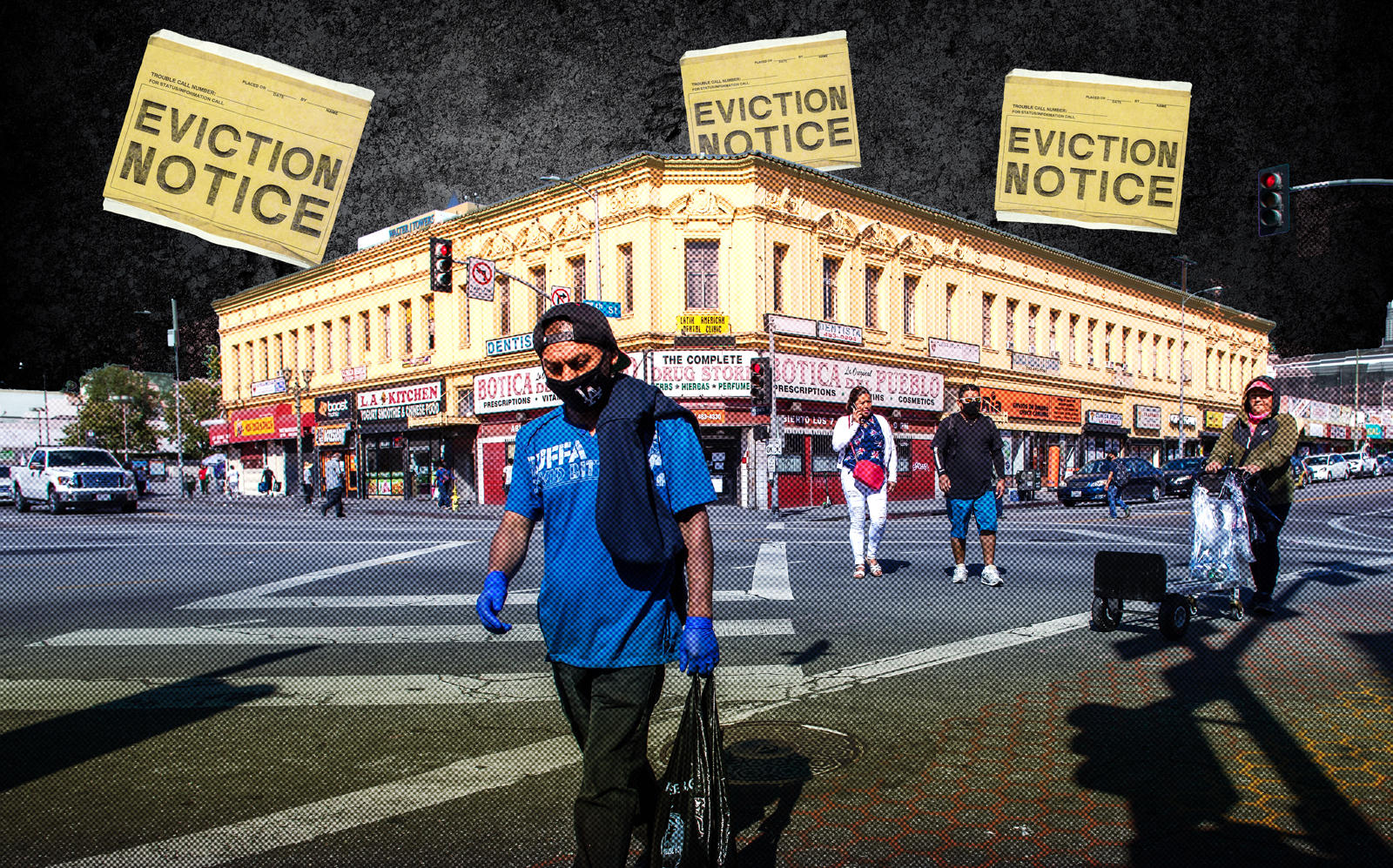Fearing homelessness and deportation, Wilfredo Avila found himself sleeping on a park bench, along with his girlfriend, Patricia Carillo, in Washington, D.C.
Two weeks after they lost their jobs at an auto body shop and a bakery, their landlord had given them just a day to leave their apartment, The New York Times reports.
The threat of eviction hangs heavily above immigrant families, especially the undocumented, who have lost work as a result of the coronavirus pandemic.
While governors of New York, Florida and other states have extended moratoriums on evictions, a patchwork of rules — which vary in clarity and enforceability — determines who must leave their homes and when.
In New York, courts gave different rulings on whether non-Covid related evictions could proceed, while the Tenant Safe Harbor Act extends eviction protection for residential tenants by allowing them to use Covid-related financial hardship as a defense in eviction proceedings.
In San Francisco, four real estate trade groups have sued the city over an ordinance that bars landlords from evicting tenants for nonpayment of rent related to the pandemic.
Unlike past recessions that saw people reduce their spending on consumer goods such as cars and homes, the pandemic has hobbled the service sector, where Latino workers fill a disproportionate number of positions.
That has disproportionately affected Hispanic and Latino communities, as service-sector jobs typically cannot be done remotely. [NYT] — Orion Jones
